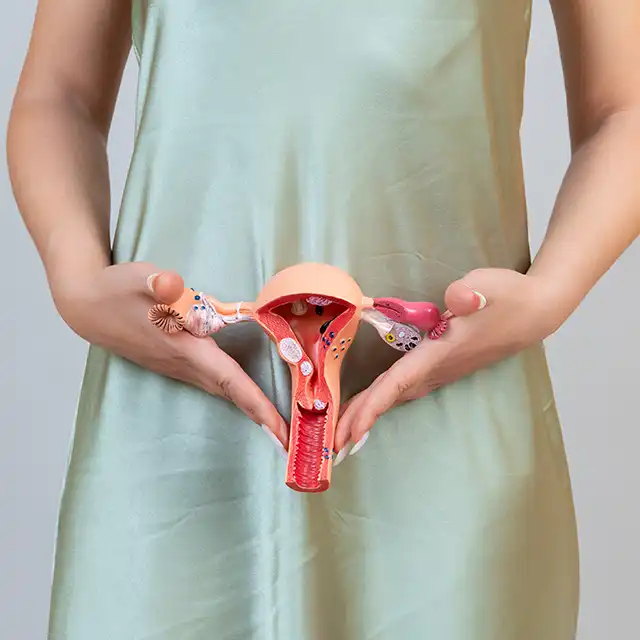
A cataract is a common eye condition mostly seen in older people when the lens of the eye becomes cloudy or develops cloudy patches, leading to distortion of vision. Eye lenses are clear, allowing us to see through them, but in cataract the cloudy deposition in the lens distorts the light passing through it. With time these cloudy patches get bigger, leading to blurred or hazy vision and eventually blindness.
Symptoms
Typical signs and symptoms for cataract includes:
- Clouded, blurry or dim vision
- Difficulty with vision at night
- Sensitivity to light and glare
- Colours look faded or yellowing
- Double vision in a single eye
- Pain in eyes
- Headaches
Causes
The proteins and fibres that make up the lens get broken down and cause the cloudy appearance of lenses. This protein breakdown is the result of old age or tissue injury to the eye lens. However, there are other risk factors that can increase the risk of cataract, including:
- Inherited genetic disorders
- Past eye surgery
- Diabetes (diabetic retinopathy)
- Long-term use of steroidal medication.
- Excessive consumption of alcohol
- Excessive exposure to sunlight
- Smoking
Diagnosis
For an accurate diagnosis and severity of the condition, a series of eye tests are conducted by an ophthalmologist. These could include:
- Dilated eye exam – in which cataract and other eye problems are checked by dilating the pupil using some eye drops
- Vision acuity test – measures how well you can see from different distance
Treatment
Surgery is the only effective option to treat cataract, where the defective lens is replaced by an artificial one. But in the early stages, when the cataract is not too bad, using bright lights for reading, wearing anti-glare glasses or contact lenses, and using magnifying glasses for other activities where vision is crucial, can be tried.
Refrences
- https://www.nei.nih.gov/learn-about-eye-health/eye-conditions-and-diseases/cataracts
- https://www.nhs.uk/conditions/cataracts/

















